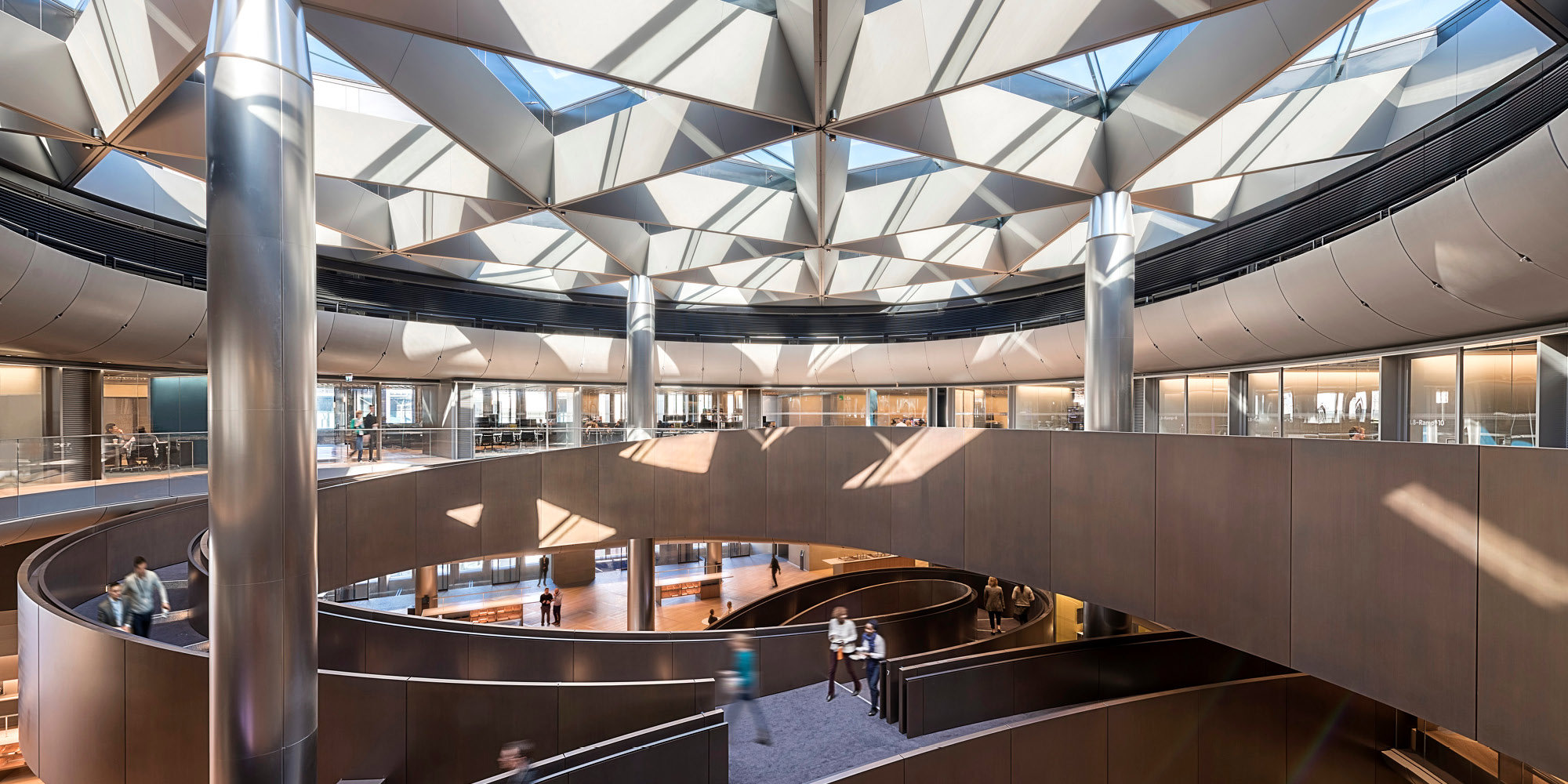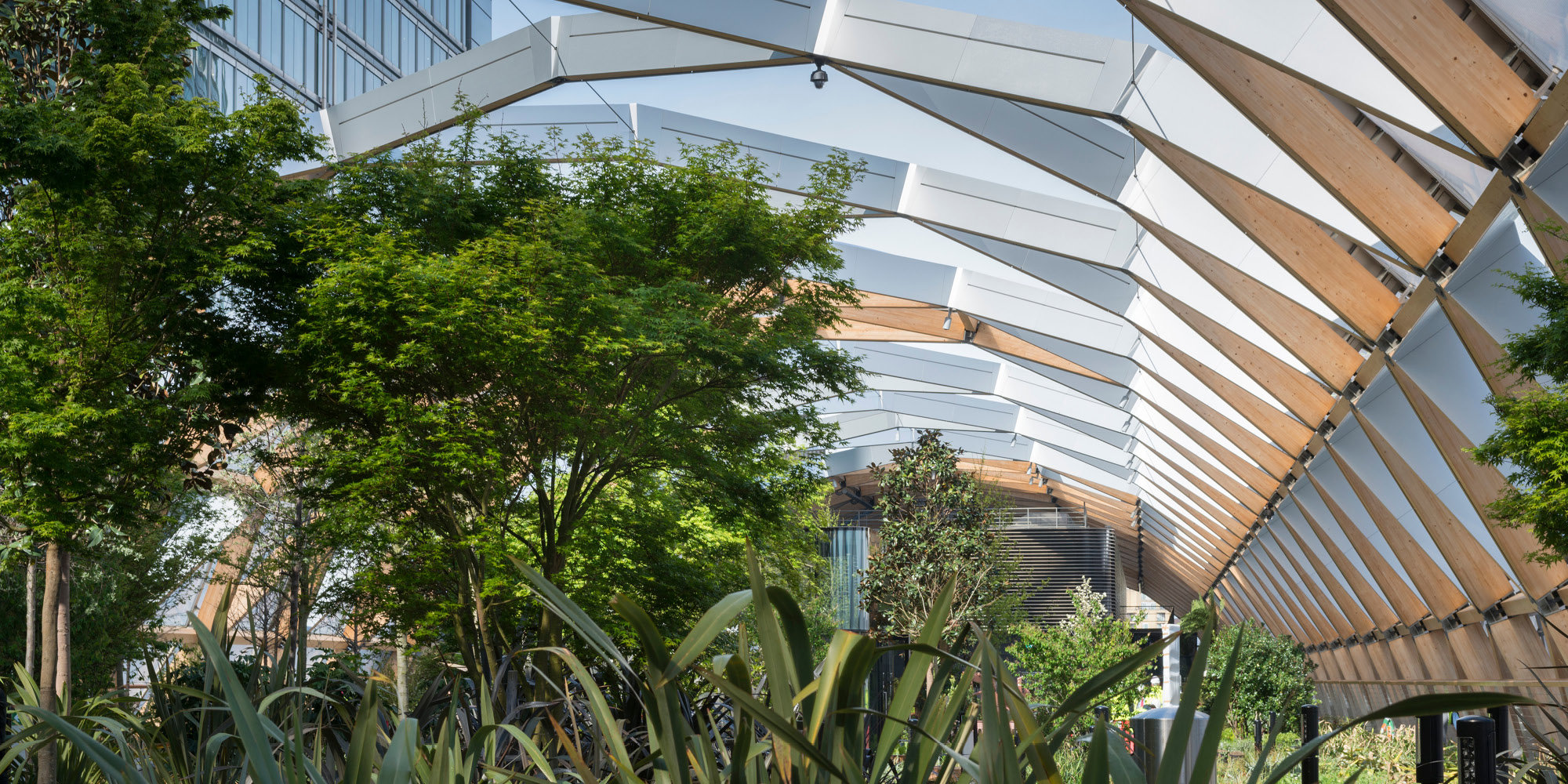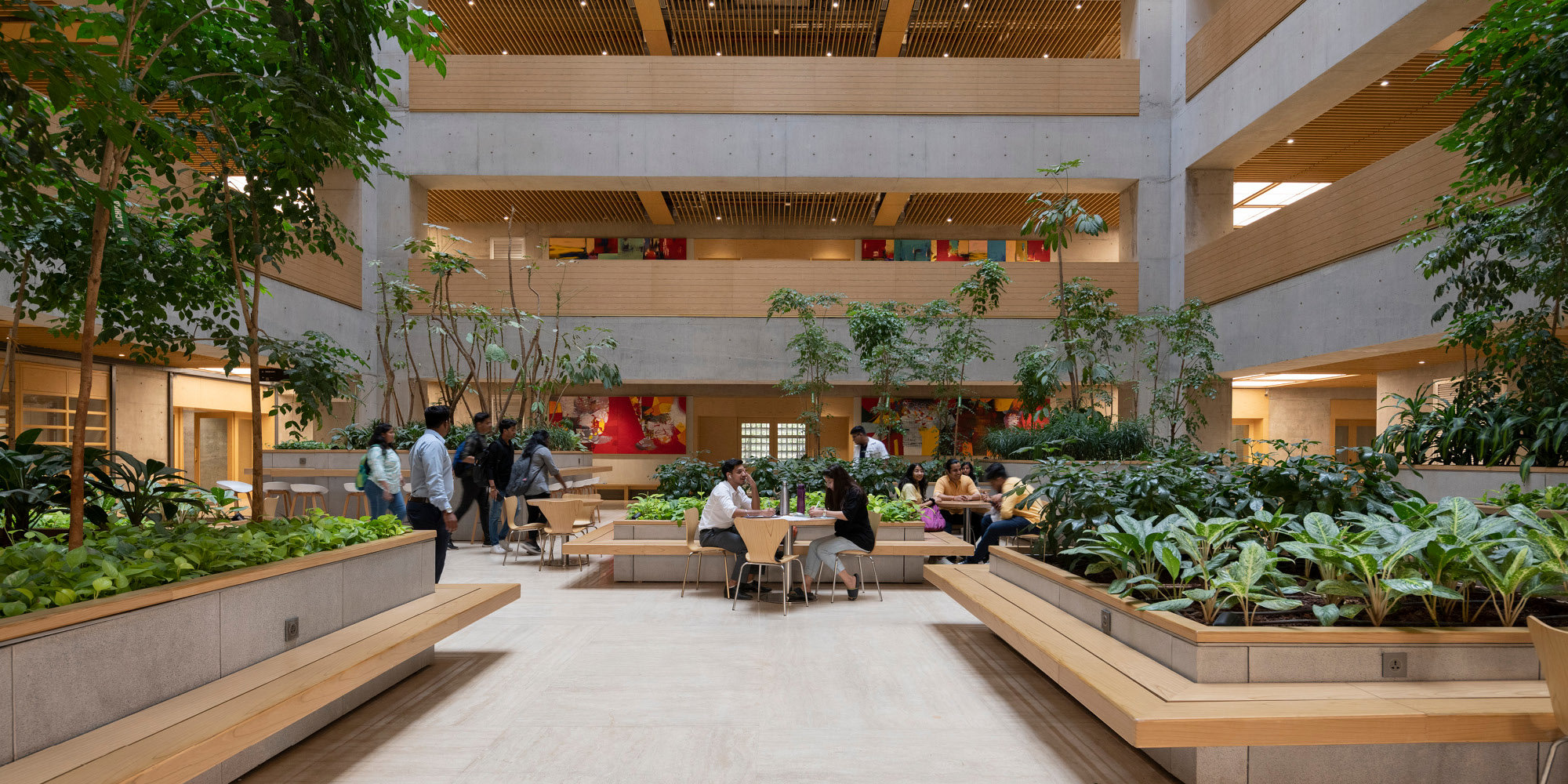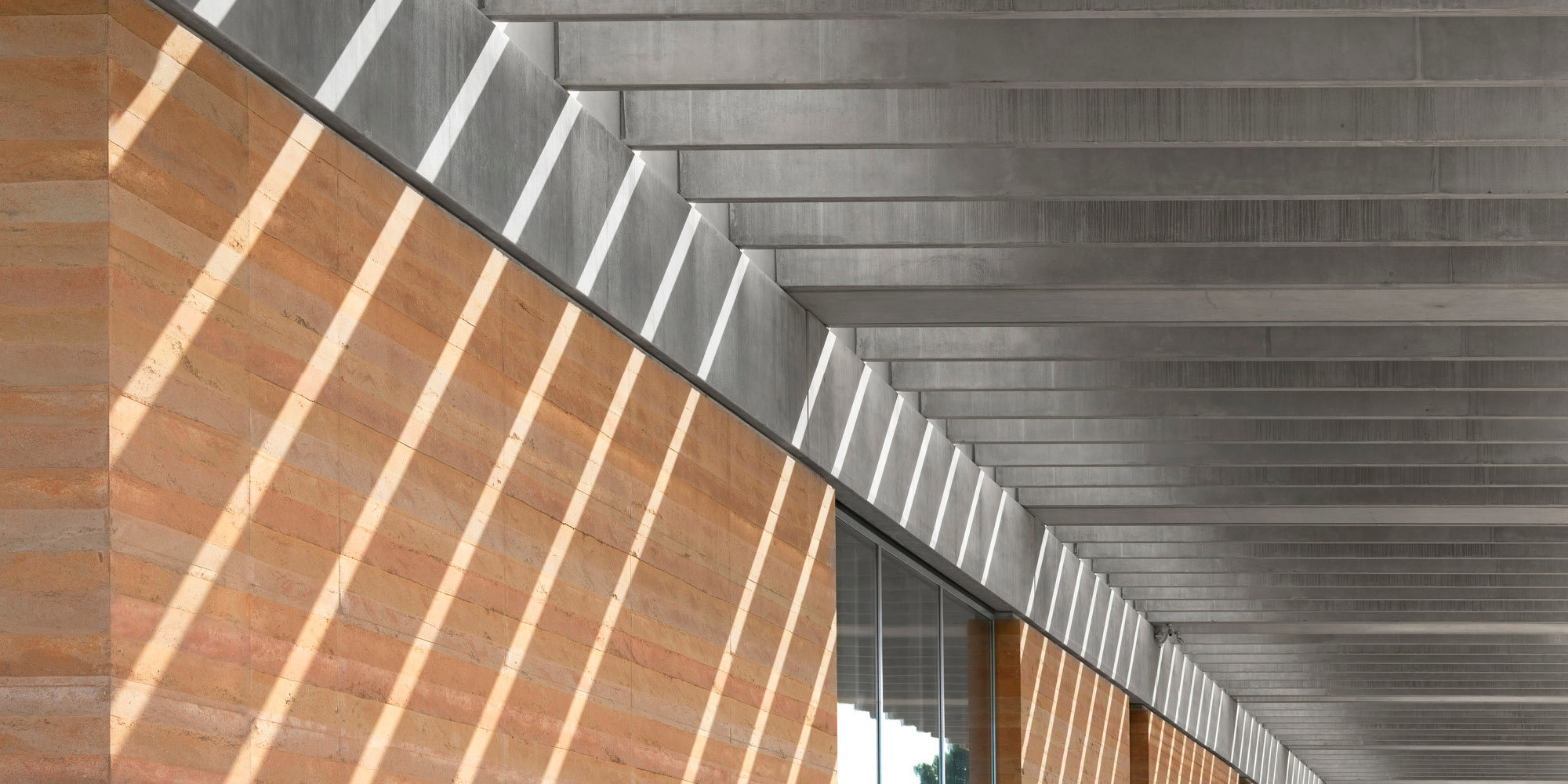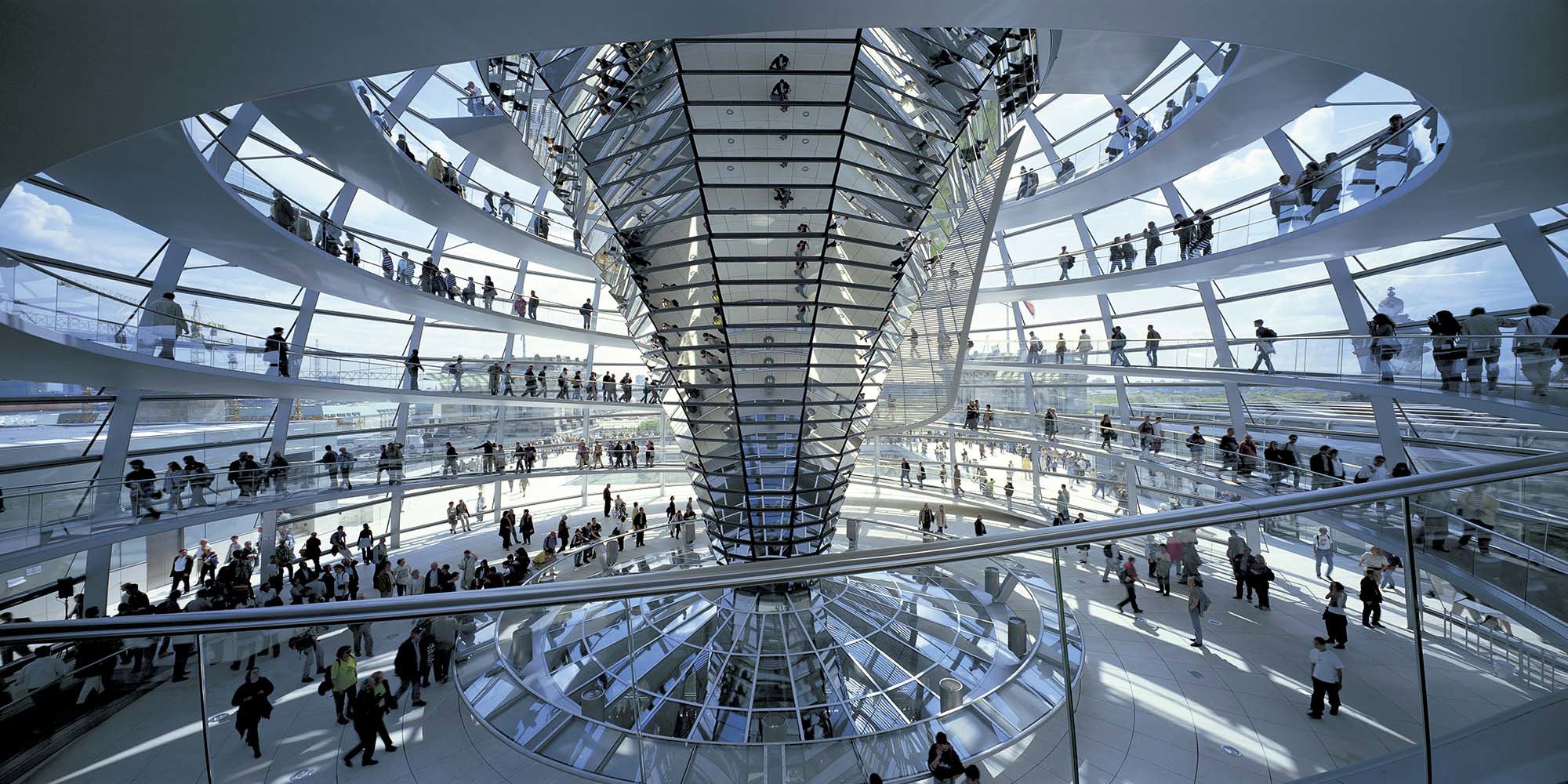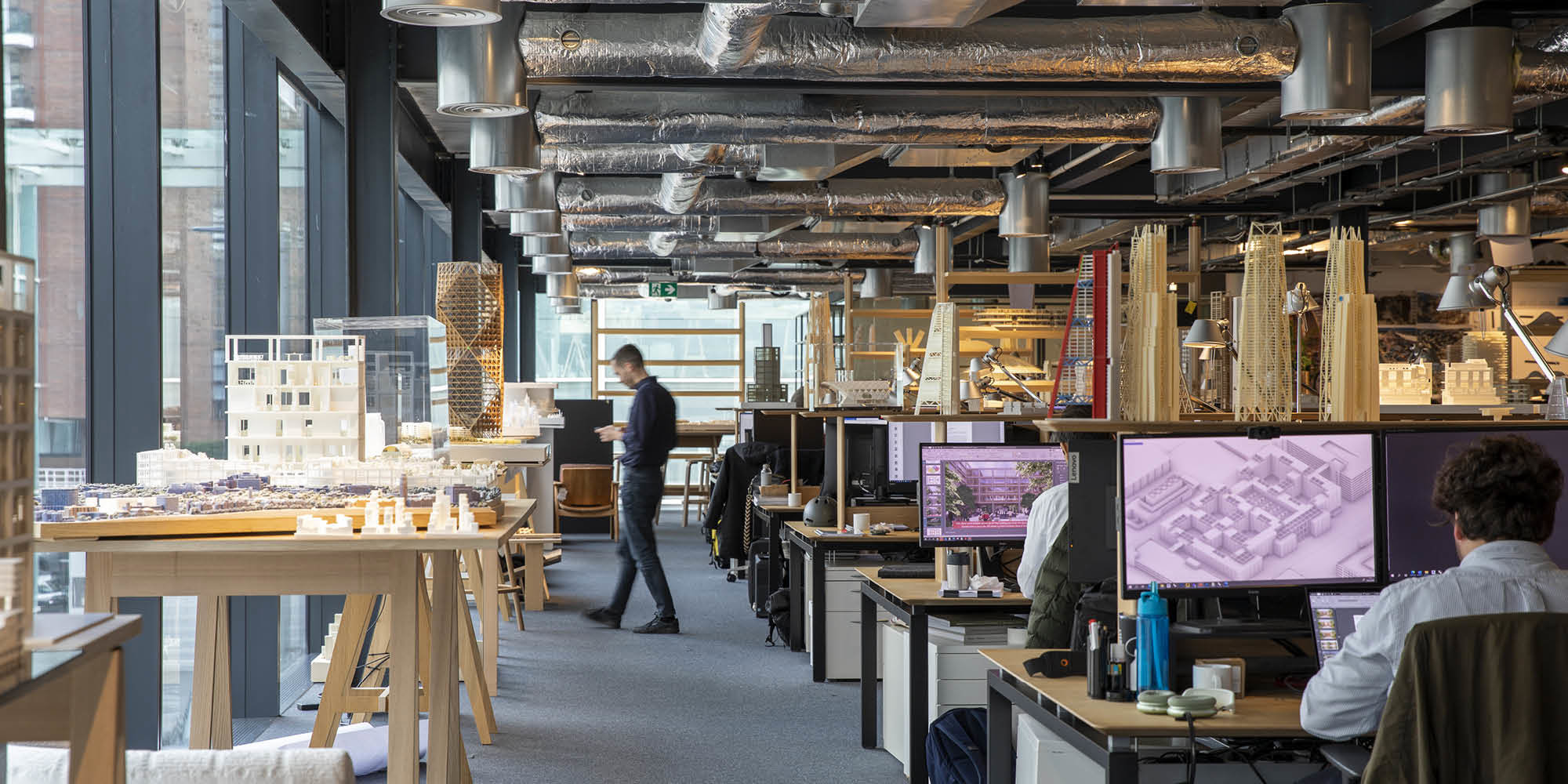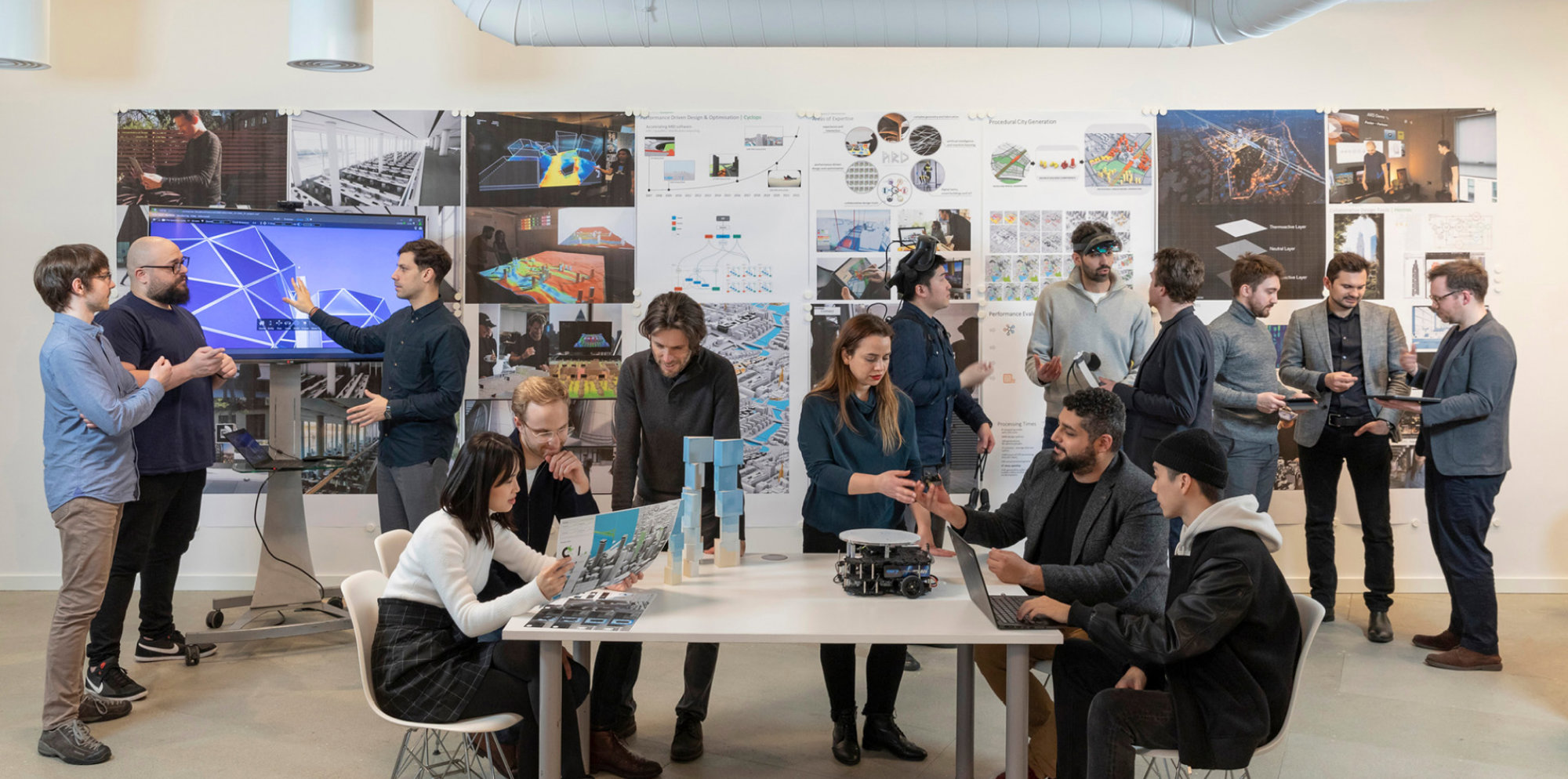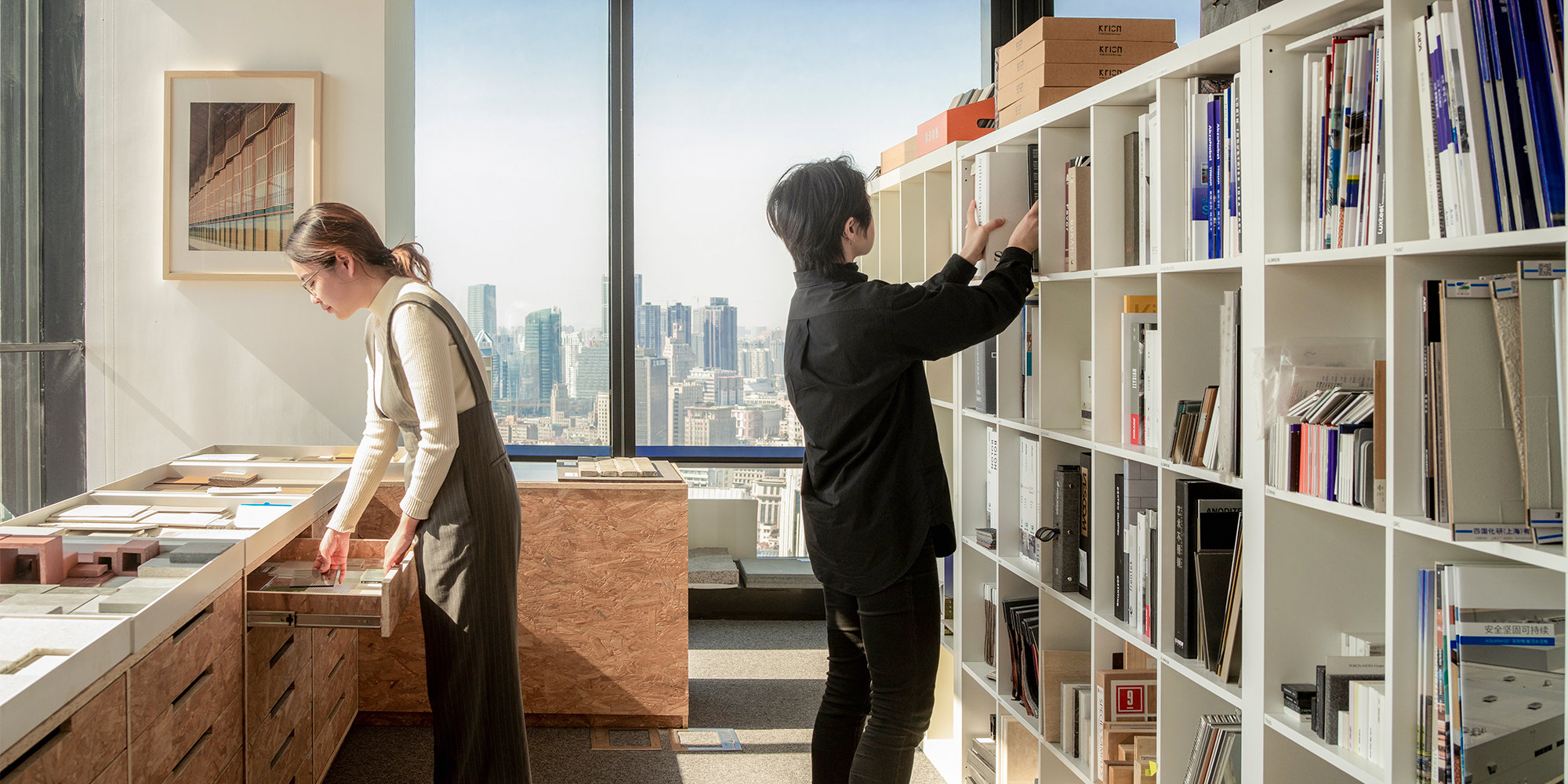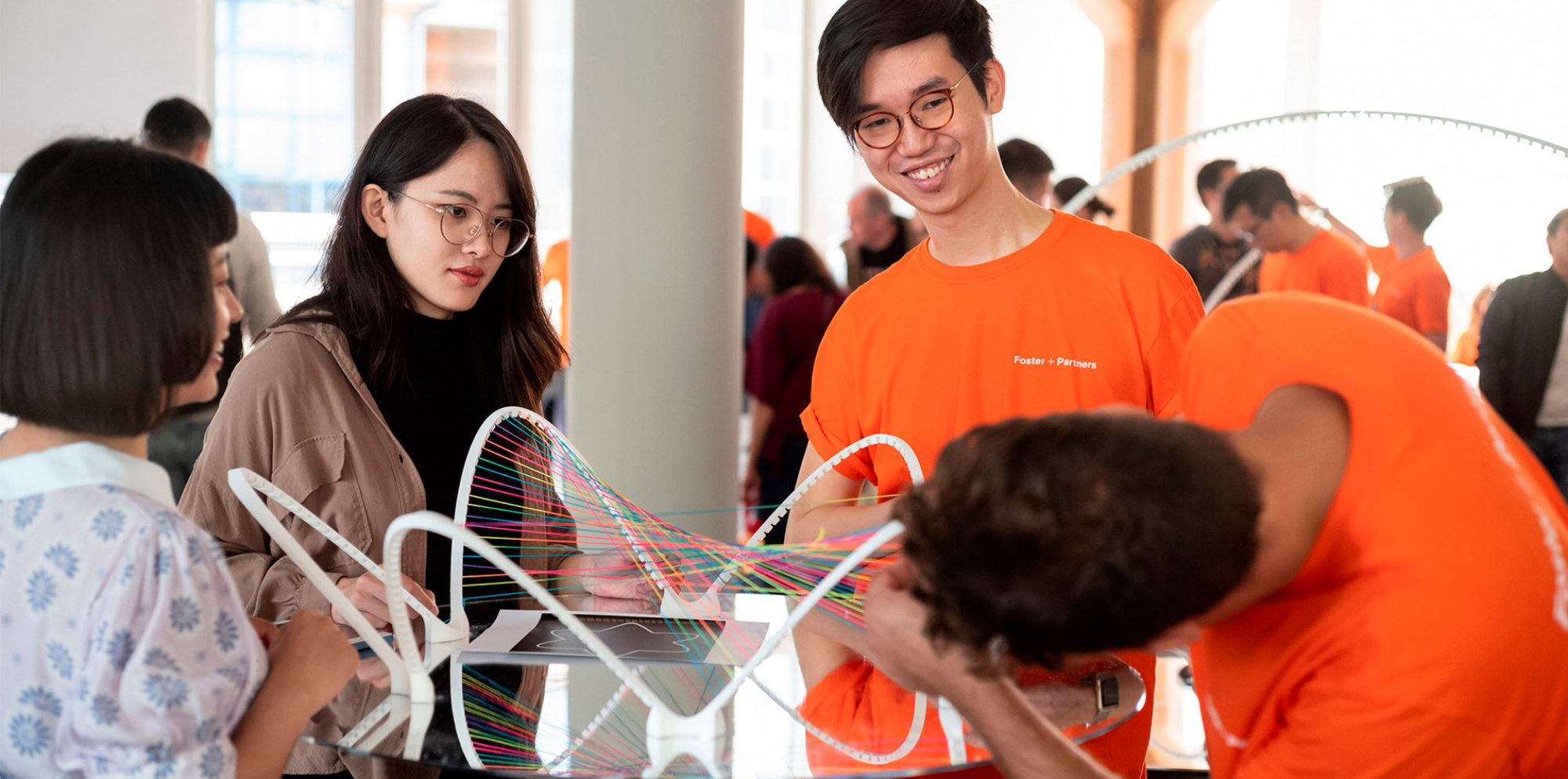The Column gives you the opportunity to ask our experts about their work, and how it shapes the built environment.
Last month, you submitted your questions for Mike Holland, who is Head of Industrial Design at Foster + Partners. Founded by Lord Foster, the Industrial Design studio develops and delivers ideas-led products at every scale, from tables to turbines, in collaboration with manufacturers, craftspeople, and startups, worldwide.
Mike answers your questions about the nature of collaboration, material research, sustainability, and the relationship between human behaviour and product design.
